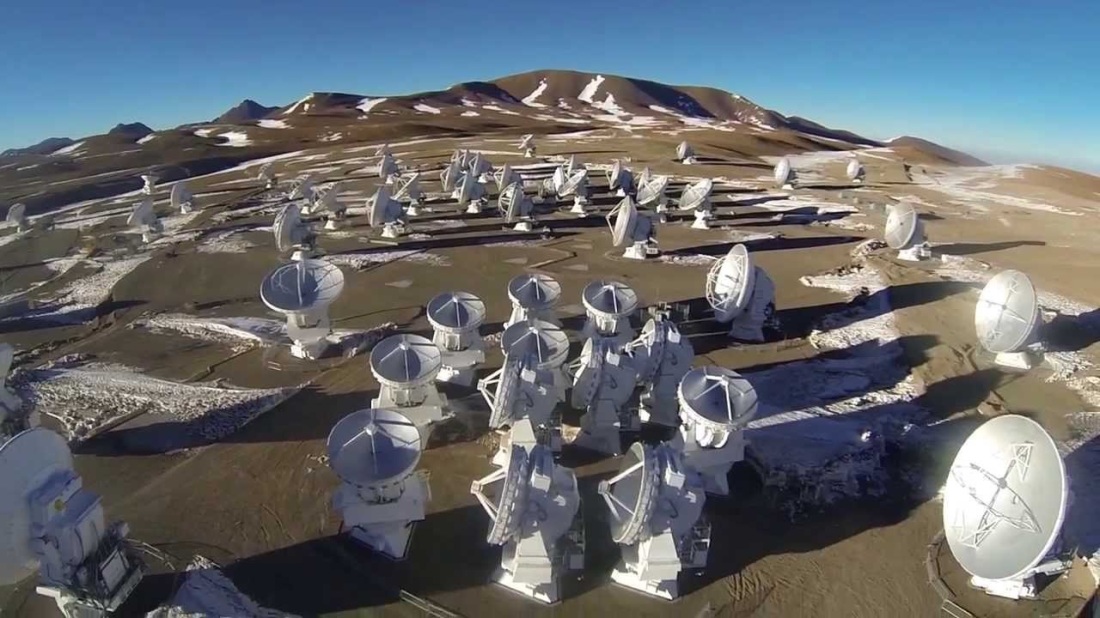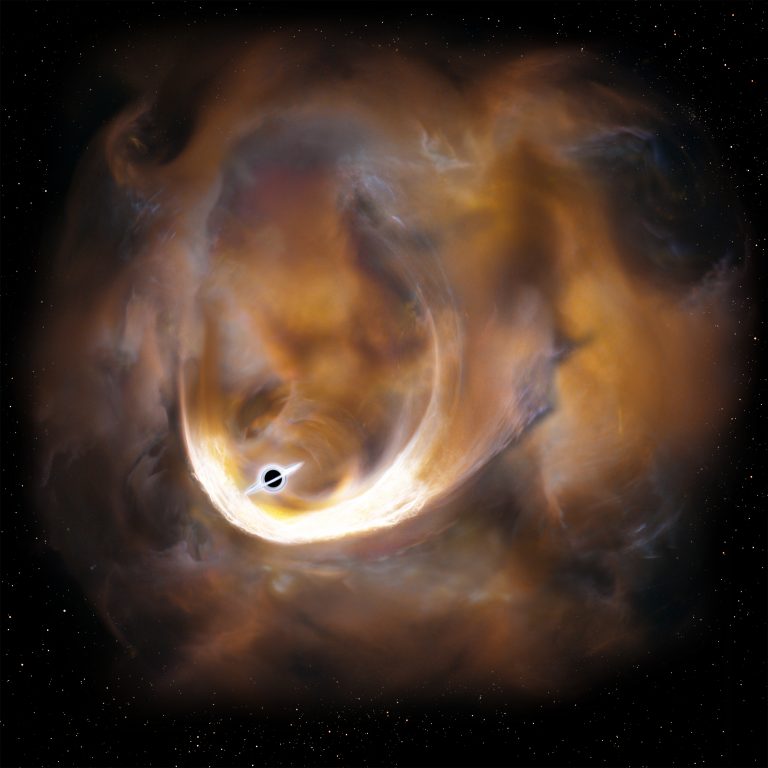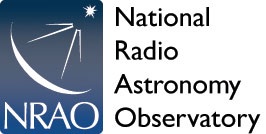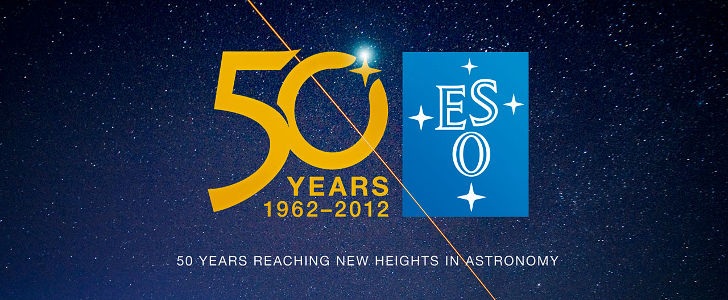
ALMA
September 28, 2017

An image of clouds accelerating due to gravitational scattering caused by the intermediate-mass black hole. Credit: Tomoharu Oka (Keio University)
Professor Tomoharu Oka of the Department of Physics, Faculty of Science and Technology, Keio University and his research team carried out a detailed radio wave observations using the Atacama Large Millimeter/submillimeter Array (ALMA; ALMA telescope) on the peculiar molecular cloud CO–0.40–0.22, which was discovered in the central region of the Milky Way. This peculiar molecular cloud lies about 200 light-years away from Sagittarius A* (star), the nucleus of the Milky Way, and inside it’s unusually broad velocity width, the researchers identified the possibility of an intermediate-mass black hole with a mass 100,000 times greater than the sun. From the observations, a point-like radio source CO–0.40–0.22* (star), as well as a highly dense and compact molecular cloud near the center of CO–0.40–0.22, were detected. The luminosity of the detected point-like radio source is 1/500 of Sagittarius A*, and it has a radiation spectrum that is distinctly different from that of thermal plasma or interstellar dust. Results of gravitational N-body simulations that placed a 100,000-solar mass point-like mass at the location of CO–0.40–0.22* showed that the distribution and motion of gas in the adjacent area could be reproduced very well. From these findings, it can be thought that the point-like radio source CO–0.40–0.22* is the intermediate-mass black hole that has been suggested to exist within the peculiar molecular cloud CO–0.40–0.22. This is the first detection of an intermediate-mass black hole candidate within the Milky Way galaxy in which we exist.
The results of this research were published in the September 4 issue of the British scientific journal Nature Astronomy.
See the full article here .
Please help promote STEM in your local schools.
![]()
Stem Education Coalition
The Atacama Large Millimeter/submillimeter Array (ALMA), an international astronomy facility, is a partnership of Europe, North America and East Asia in cooperation with the Republic of Chile. ALMA is funded in Europe by the European Organization for Astronomical Research in the Southern Hemisphere (ESO), in North America by the U.S. National Science Foundation (NSF) in cooperation with the National Research Council of Canada (NRC) and the National Science Council of Taiwan (NSC) and in East Asia by the National Institutes of Natural Sciences (NINS) of Japan in cooperation with the Academia Sinica (AS) in Taiwan.
ALMA construction and operations are led on behalf of Europe by ESO, on behalf of North America by the National Radio Astronomy Observatory (NRAO), which is managed by Associated Universities, Inc. (AUI) and on behalf of East Asia by the National Astronomical Observatory of Japan (NAOJ). The Joint ALMA Observatory (JAO) provides the unified leadership and management of the construction, commissioning and operation of ALMA.


